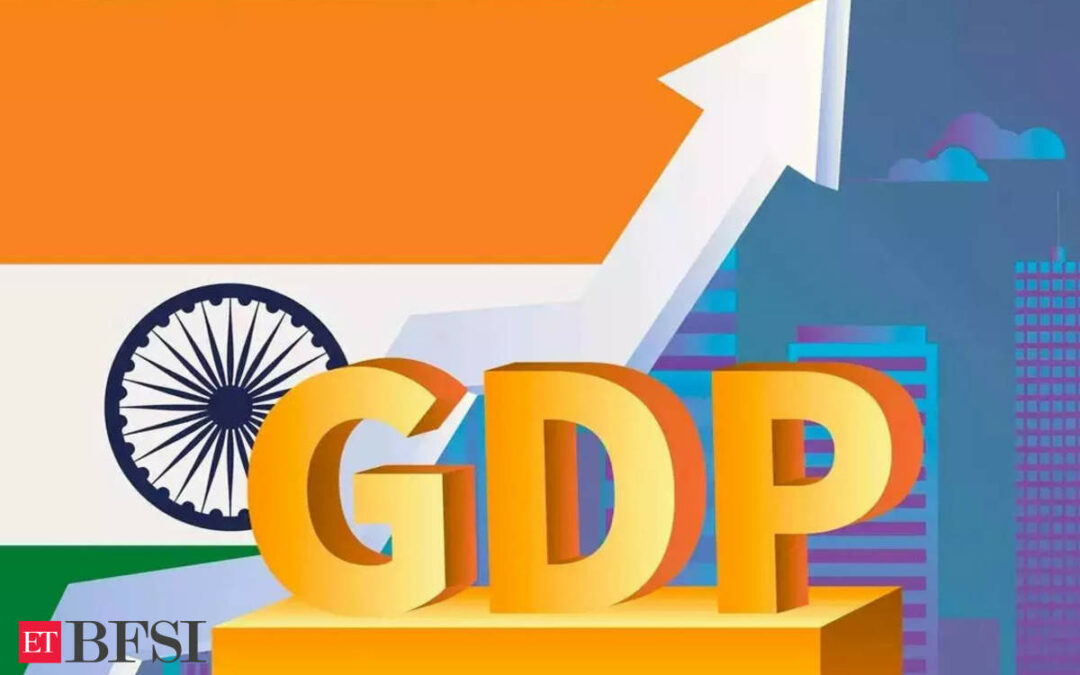India’s GDP growth for the second quarter of the current financial year 2023-24 came in at a much better than expected number of 7.6%, much higher than 6.2% in the second quarter of the previous fiscal year. Most analysts were expecting the Q2 GDP growth data to moderate to around 6.8%. The 7.6% GDP growth is a slight moderation from the 7.8% GDP growth witnessed in the first quarter of FY24.
The Indian economy has also managed to retain its tag of being the fastest growing major economy in the world. India’s real GDP attained a level of Rs 41.74 lakh crore in Q2 of 2023-24 as against Rs 38.78 lakh crore in the second quarter of 2022-23. The nominal GDP is estimated at Rs 71.66 lakh crore in Q2 FY24 as against Rs 65.67 lakh crore in Q2 2022-23. This is a growth of 9.1% as compared to 17.2% in Q2 2022-23.
India GDP data for Q2 FY24: Key highlights & takeaways
- India’s Q2 GDP data, while a moderation from the first quarter, is much above analysts’ estimates of 6.8%. It is also more than a percentage point above RBI’s estimates of 6.5%
- The manufacturing sector has grown at a strong 13.9% verses -3.8% YoY
- Mining and quarrying has also seen a robust growth of 10% versus -0.1% YoY
- Agriculture, Livestock, Forestry & Fishing growth has slowed down to 1.2% versus 2.5 YoY
- Trade, Hotels, Transport, Communication & Services related to Broadcasting growth has slowed to 4.3% versus 15.6% YoY
- Electricity, Gas, Water Supply & Other Utility Services grew at 10.1% versus 6% YoY
- Construction also saw a good growth of 13.3% versus 5.7% YoY
Meanwhile, S&P Global Ratings has recently revised India’s growth forecast for the current financial year, expecting a rise to 6.4% from 6% due to robust domestic momentum offsetting challenges like high food inflation and weak exports. For the following fiscal year (2024-25), the agency cut growth estimates to 6.4%, anticipating a slowdown in the second half of the current fiscal year due to a higher base impact and sluggish global growth.S&P noted that emerging market economies like India, Indonesia, Malaysia, and the Philippines are on track for robust growth due to solid domestic demand. While fixed investment in India has considerably rebounded, the agency mentioned a transient spike in food inflation in the July-September quarter, having minimal impact on the underlying inflation dynamics. However, headline inflation remains above the Reserve Bank of India’s 4 per cent target, indicating a continued delay in the rate cycle shift.











